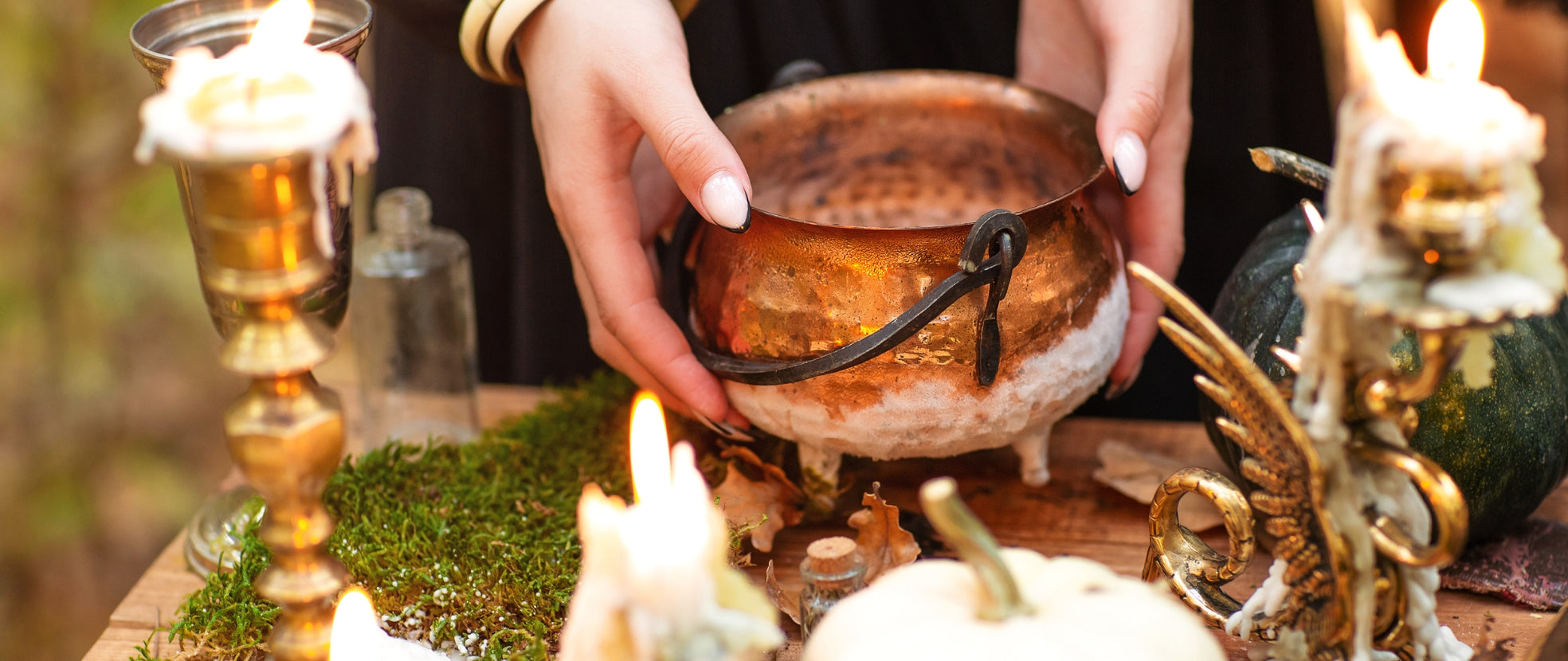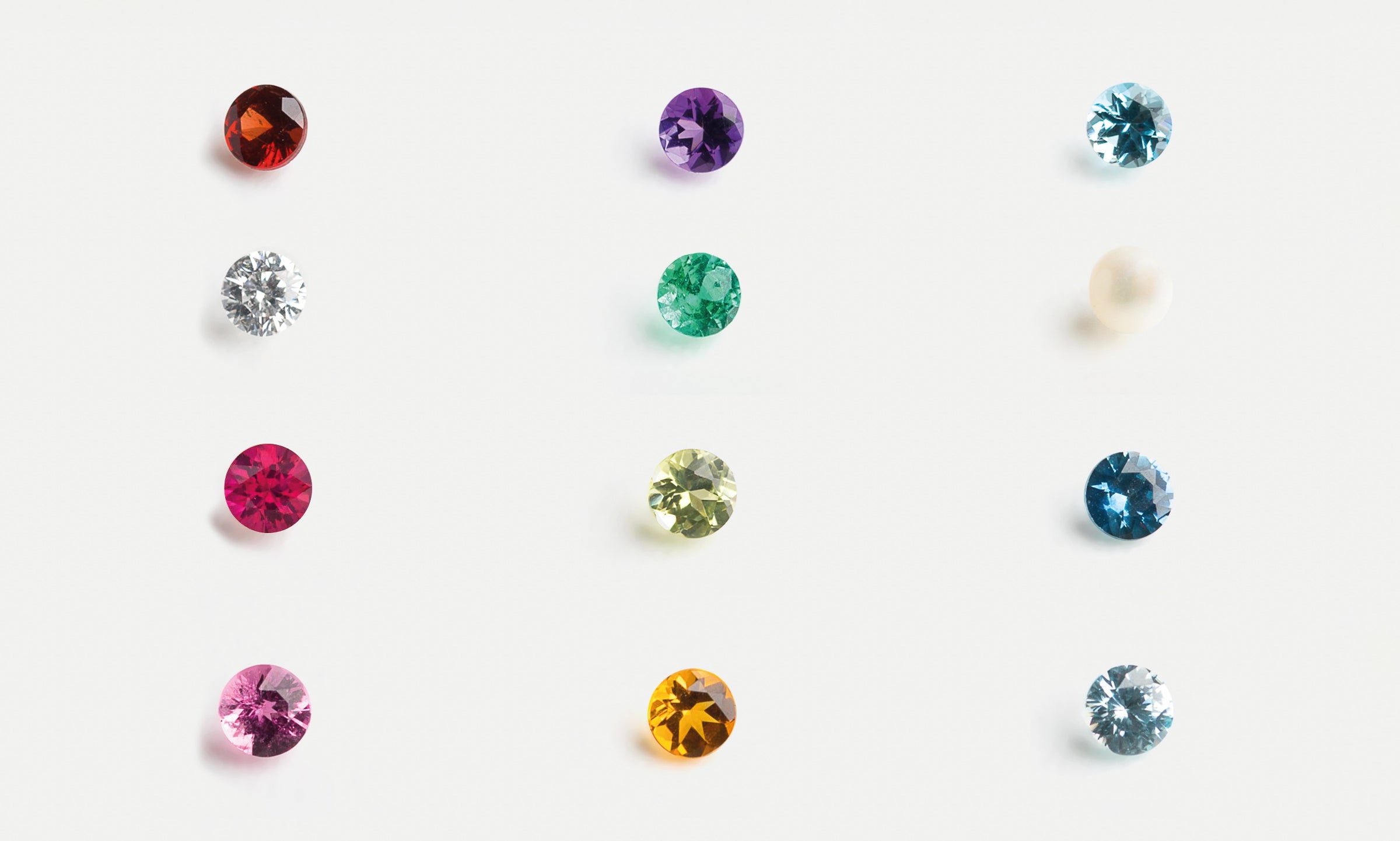Andalusite is a rock-forming mineral found in gneisses, schists, and hornfels. It's an aluminosilicate mineral that is produced in low to medium metamorphic pressures and temperatures. This mineral is also found in granites and pegmatites.
You'd see andalusite in the form of heat-resistant bricks and ceramics in steel and metal processing industries. It is also a necessary ingredient in glass, chemicals, and assorted ceramic products.
The Physical Properties of Andalusite
Andalusite is most commonly known for its ability to resist high temperatures. And it doesn't lose its form even in the highest of temperatures. This amazing thermal property is the reason why it's used as a material in making refractories that can withstand decomposition by heat, pressure, and chemical reactions. Even the porcelain in some spark plugs are made of andalusite.
The mineral consists of square prismatic crystals and comes in black, greenish brown, yellowish green, gray, white, and orangey brown colours. Transparent andalusite crystals are pleochroic in nature, meaning they display different colours when viewed from different angles. This visual effect makes andalusite a beautiful gemstone material.
In terms of hardness, andalusite is rated 7 to 7.5 on the Mohs scale, making it a durable gem material.
The History of Andalusite
It was the French mineralogist and geologist Jean-Claude Delamétherie who named the mineral in 1798. It was derived from Andalusia, a southern region in Spain where it was officially discovered.
Some historical accounts claim that andalusite was first found in another Spanish region which is El Cardoso years before the birth of Jesus Christ. Perhaps this is one of the reasons why the other name for andalusite is cross stone.
Some also call andalusite as the poor man's alexandrite. Ancient Greeks believed that andalusite is a type of chiastolite and they used andalusite stones for healing and ornamentation.
Andalusite is found in Australia, Brazil, Canada, China, France, and Russia.

The Lore of Andalusite
Health folklore claims that andalusite possesses anti-inflammatory properties that can alleviate arthritis, gout, rheumatism, and joint swelling. It's also believed to treat skin problems, regulate blood flow, and treat edema.
Andalusite is also believed to address deficiencies in iodine, calcium, and oxygen. Some crystal healers claim that it can also treat eye problems and water retention. It may also stimulate the production of breastmilk in nursing mothers.
The Metaphysical Properties of Andalusite
Andalusite aids its user to realign with their true self and rebalance their energies which then leads to self-actualization. Wearing an andalusite stone can open your eyes to solutions to problems and remove emotional blockages.
This stone is useful in restoring the balance of your sacral chakra. Feeling agitated or having a hard time extending generosity to others can be an indicator that your sacral chakra might be out of balance. Wear or meditate with an andalusite stone to unblock and energize this energy center.
You can also use this stone if you desire to understand and be more comfortable with your sexuality. Andalusite activates the pleasure center, allowing you to freely give and receive pleasure.
Note: There is no scientific evidence that supports the effectiveness of mineral stones and crystals in treating ailments. All information published here is purely for educational purposes.
Scientists attribute the healing impact to the placebo effect that takes place when using stones and crystals. Holding stones and meditating with them is said to trigger the release of feel-good hormones (endorphins and dopamine) in the brain.
Sources:
Houston, D. (n.d.). Andalusite: Meanings, Properties and Powers. Crystals&Jewelry.com. Accessed at https://meanings.crystalsandjewelry.com/andalusite/
King, H. (n.d.). Andalusite and Chiastolite. Geology.com. Accessed at https://geology.com/minerals/andalusite.shtml
Andalusite Meaning and Properties. (n.d.). Fire Mountain Gems and Beads. Accessed at https://www.firemountaingems.com/resources/encyclobeadia/gem-notes/j145
Uses, Meaning & Healing Properties of Andalusite. (n.d.). Healingwithcrystals.net.au. Accessed at https://www.healingwithcrystals.net.au/andalusite.html
Regan, S. (2020, July 16). 6 Easy Ways To Balance Your Sacral Chakra. mbgmindfulness. Accessed at https://www.mindbodygreen.com/0-5332/6-Ways-to-Balance-Your-Sacral-Chakra.html
Pleochroism. (n.d.). Britannica. Accessed at https://www.britannica.com/science/pleochroism





